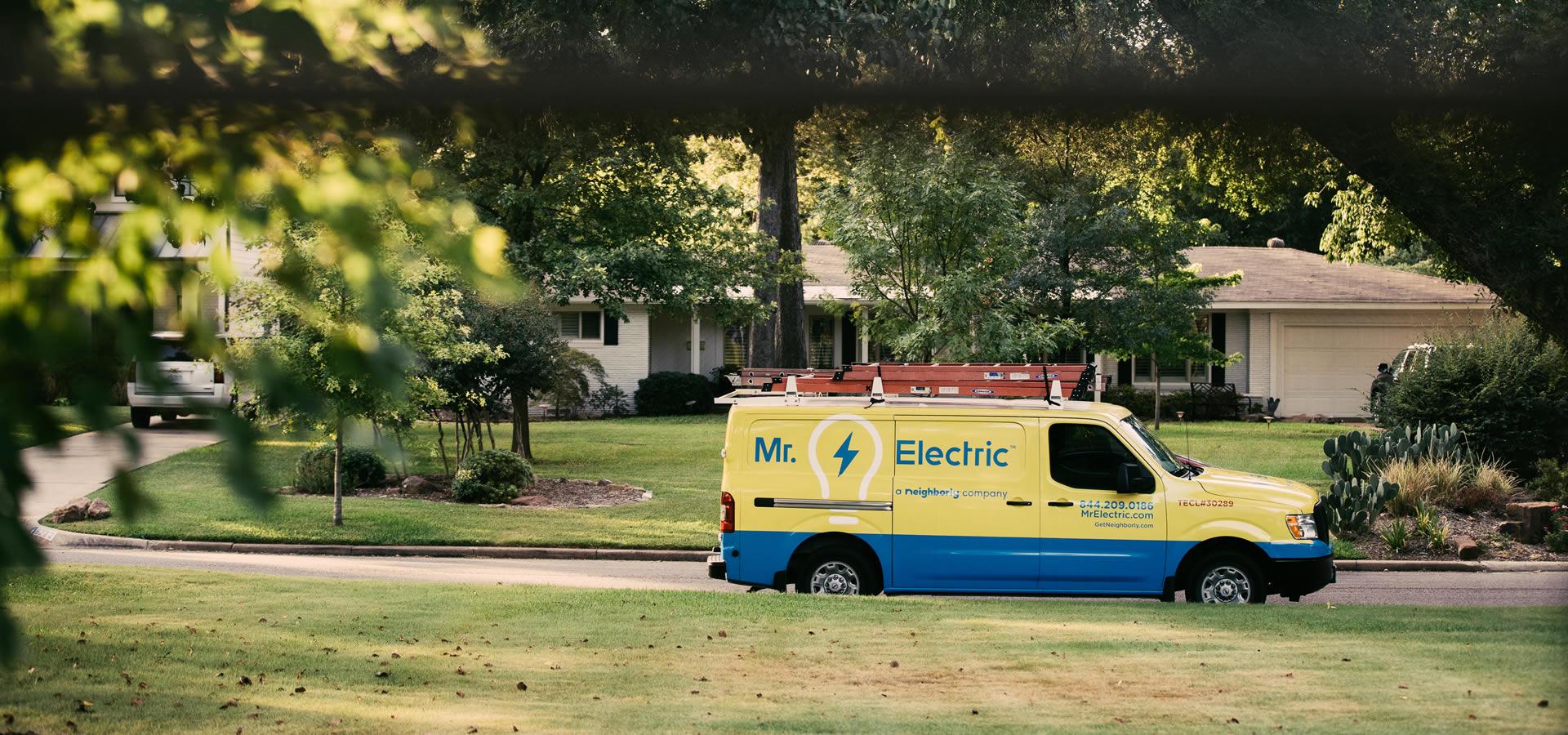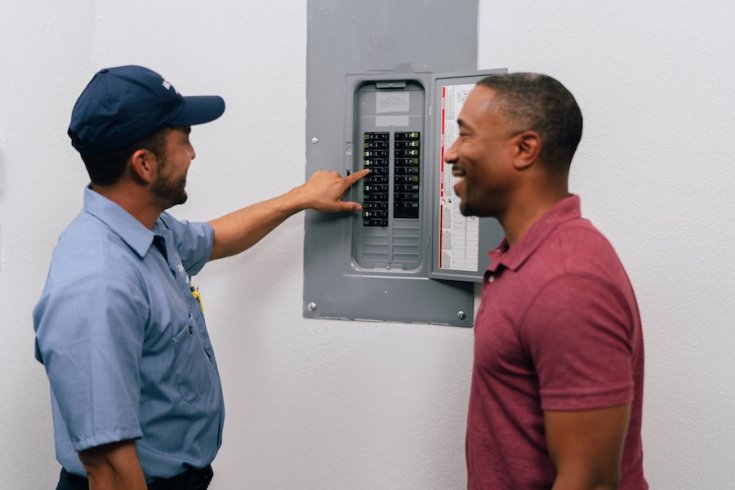How to Help Prevent Dryer Fires
Most of us don’t think twice when we toss a load of laundry into the dryer and press start. The rhythmic tumbling, the warm air, the promise of fresh-smelling clothes - it’s all part of the routine. But what if that seemingly harmless machine was quietly building up to a disaster?
According to the U.S. Consumer Product Safety Commission, an estimated 15,500 clothes dryer fires occur every year. This results in roughly 10 deaths, 310 injuries, and more than $84 million in property damage. These numbers are not just statistics; they represent homes lost, businesses disrupted, and lives forever changed.
The good news? Dryer fires are highly preventable. In this brief article brought to you by Mr. Electric, we highlight the risks and share some proactive safety measures to keep laundry day from turning into a catastrophe.
How Dryer Fires Start
Let’s be clear: your dryer doesn’t spontaneously combust. Dryer fires almost always result from a mix of heat, flammable lint, poor ventilation, and electrical issues.
Lint is the #1 culprit; it's highly combustible and tends to build in places you can't always see. But lint is harmless on its own. Faulty wiring, overloaded circuits, and aging electrical connections inside or near your dryer are what will spark trouble. A single arc from a loose wire can ignite accumulated lint and lead to flames within seconds.
If you’ve ever noticed your dryer running hotter than usual, taking longer to dry, or causing the laundry room to smell off, then you might be dealing with more than some wear and tear. These can be signs that something’s going wrong inside the dryer.
Recognize the Signs of Trouble
Don't wait for the lint to ignite. Keep an eye (and nose) out for anything unusual. Common red flags include:
- A burning smell when the dryer runs
- Clothes feel unusually hot to the touch
- Dryer taking longer than normal to dry clothes
- The outside of the dryer becoming hot
- Breaker tripping when the dryer is in use
These warning signs are your home’s way of waving a red flag, so don't brush them off. Calling an electrician in The Woodlands early can mean the difference between a simple repair and a full-blown emergency. The dedicated team at Mr. Electric is always ready to help.
TIP 1: Clean the Lint Trap—Every Single Time
It may sound obvious, but the simplest way to avoid a dryer fire is to clean the lint screen. More specifically, do this after every load. Even a small amount of leftover lint can reduce airflow and force your dryer to work harder - and run hotter.
Also, don't forget to check behind the lint screen. Occasionally, lint escapes and builds up in the slot beneath the trap or inside the dryer's vent system.
TIP 2: Inspect and Clean the Vent Hose
The vent hose is the duct that runs from the dryer to the exterior of the house, and it's a hotspot for lint buildup. If it's kinked, crushed, or clogged, then your dryer can overheat before you know it.
Use a vacuum or lint brush to clean out the hose at least once or twice a year. If the hose is plastic or foil, consider upgrading to a rigid and robust metal duct.
TIP 3: Don’t Overload the Dryer
We get it: avoiding a second load can save you time and energy... but overstuffing the dryer traps heat, restricts airflow, and increases the risk of overheating. Follow the manufacturer’s guidelines for load size and avoid drying large and bulky items all at once.
TIP 4: Schedule a Professional Inspection
Your dryer and its surrounding connections should get a periodic professional inspection. This is especially important in older homes or businesses where wiring may be outdated or overloaded. During the inspection, the dependable electrician will check for frayed or loose wires, improper grounding, overloaded circuits, and other risks of electrical fires.
When you choose Mr. Electric for your inspection, you can rest assured knowing we come prepared to handle most electrical repair the first time around.
Dealing with Electrical Issues? Call Mr. Electric
Are you concerned about the risk of electrical fires at your home or business? Play it safe and have a certified electrician investigate before disaster strikes. The professionals at Mr. Electric are always ready to take your call or message.







